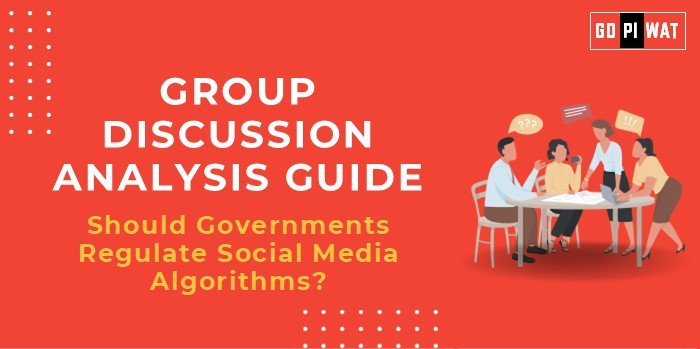📋 Should Governments Regulate Social Media Algorithms?
🌐 Introduction to the Topic
Social media platforms have become integral to modern communication, influencing public opinion, behavior, and even democratic processes. The algorithms that curate content on these platforms are central to this influence, prompting debates on whether governmental regulation is necessary.
Social media algorithms determine the content users see, shaping their online experiences. Concerns over misinformation, echo chambers, and data privacy have led to discussions about the need for regulatory oversight.
📊 Quick Facts and Key Statistics
- Global Social Media Users: Approximately 5.04 billion users in 2024, representing 62.3% of the global population.
- Misinformation Spread: 59% of respondents in a 2022 survey identified social media as their primary source of misinformation.
- Platform Content Moderation: Facebook removed over 34 million pieces of harmful content in Q2 2023.
- Revenue from Targeted Ads: In 2023, 98% of Meta’s revenue came from algorithm-driven targeted advertising.
- Public Trust: Only 26% of users trust social media companies to self-regulate effectively, per the 2023 Edelman Trust Barometer.
👥 Stakeholders and Their Roles
- Governments: Protect public interests, ensure fair practices, and mitigate misinformation through potential regulation.
- Social Media Companies: Manage algorithms while often resisting regulation to protect innovation and revenue models.
- Users: Directly affected by algorithms, as their engagement and data drive platform revenues.
- Civil Society Organizations: Advocate for transparency, ethical practices, and protection of digital rights.
- Advertisers: Leverage algorithm-driven targeting to reach audiences, fueling platform revenues.
🏆 Achievements and Challenges
Achievements
- Content Personalization: Algorithms enhance user engagement by delivering tailored content.
- Support for Small Businesses: Enables cost-effective targeted advertising.
- User Safety Measures: Algorithms help filter harmful content, creating safer online environments.
Challenges
- Bias and Discrimination: Algorithms may perpetuate societal biases, leading to unfair treatment of groups.
- Misinformation and Polarization: Algorithmic amplification of extreme content can deepen divisions.
🌍 Global Comparisons
- European Union: The Digital Services Act enforces algorithmic transparency and accountability.
- United States: Debates continue over amending Section 230 to address algorithmic responsibilities.
- Australia: The Online Safety Act mandates platforms to prevent online harm, including algorithmic accountability.
📖 Structured Arguments for Discussion
- Supporting Stance: “Government regulation of social media algorithms is essential to ensure transparency, protect public interests, and curb harmful content.”
- Opposing Stance: “Regulating algorithms may stifle innovation, infringe on free speech, and grant excessive control to governments over digital content.”
- Balanced Perspective: “While regulation is necessary to mitigate harm, it must be carefully crafted to preserve innovation and uphold democratic freedoms.”
🔍 Strategic Analysis of Strengths and Weaknesses
Strengths: Enhanced engagement through personalization, economic benefits from targeted ads.
Weaknesses: Potential biases, lack of transparency.
Opportunities: Development of ethical AI frameworks, better governance through stakeholder collaboration.
Threats: Risk of censorship, resistance from platforms fearing revenue loss.
Weaknesses: Potential biases, lack of transparency.
Opportunities: Development of ethical AI frameworks, better governance through stakeholder collaboration.
Threats: Risk of censorship, resistance from platforms fearing revenue loss.
💡 Connecting with B-School Applications
- Real-World Applications: Regulatory strategies in data ethics, corporate governance, and technology management.
- Sample Interview Questions:
- “How can businesses balance ethical considerations with profitability in algorithmic content delivery?”
- “What role should government regulation play in shaping digital strategies of corporations?”


